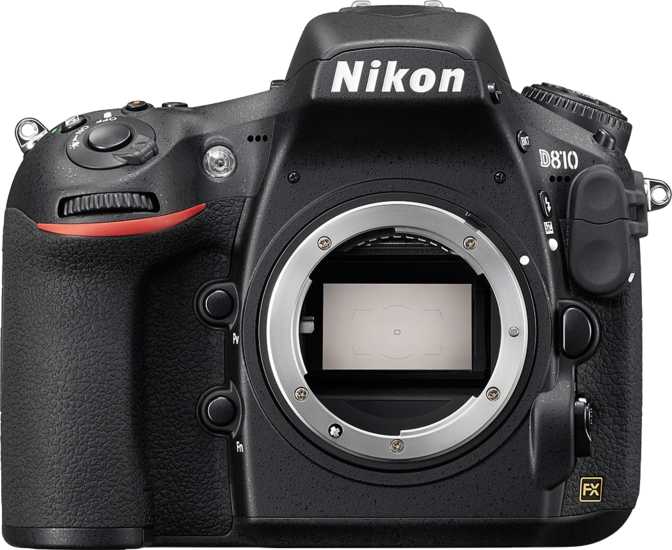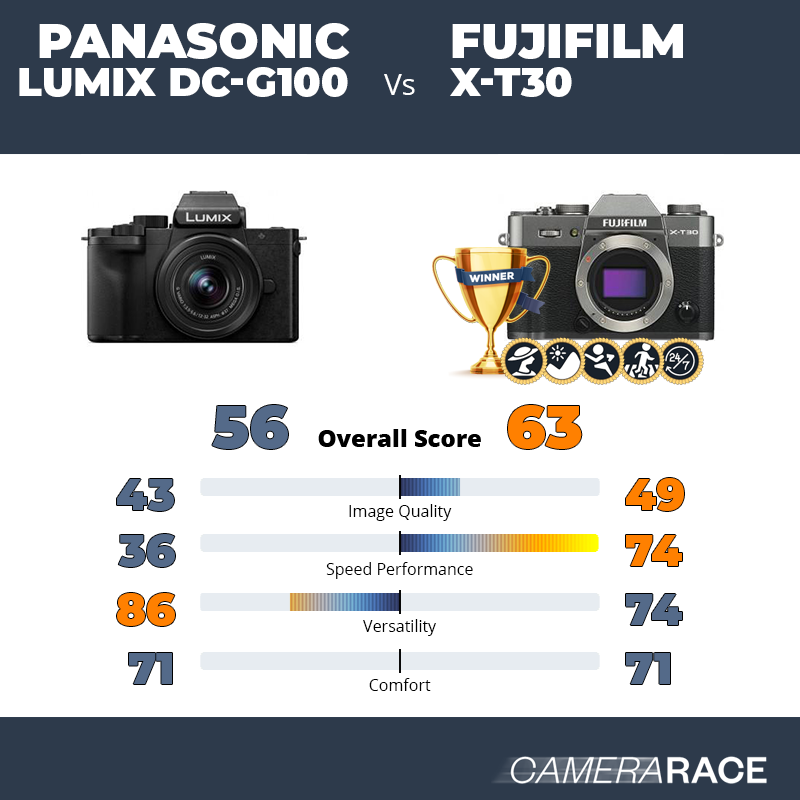A larger megapixel count indicates that the camera is capable of recording greater amounts of information. The megapixel count, on the other hand, is not the only factor that influences the overall quality of a photograph. With a better resolution, an electronic viewfinder produces a crisper picture, providing a view that is equivalent in quality to the one presented on an optical viewfinder. Another key consideration is whether or not picture stabilization is available.
Why Is Fujifilm X So Expensive?
Find out whether the two cameras are among the best mirrorless interchangeable lens cameras in the newest Best Mirrorless Interchangeable Lens Camera ranking. In terms of age, both the X-T4 and the S5 are relatively new models that are part of the company’s current product lineup. Unlike the older Fujifilm X-T3, the X-T4 has no direct predecessor, while the S5 does not have a direct antecedent. The official Fujifilm and Panasonic websites provide further information about the two cameras, including user guides and manuals, as well as information on connected accessories. In the event if one of those “you have to spend your money TODAY” situations occurred, that’s exactly what I’d come up with. Perhaps I’m getting too caught up on the 20mm focal length at the broad end, but that simply sounds like a fantastic idea.

The Fujifilm and the Panasonic are seen from above in the following images:
Another consideration is weight, which is particularly significant when choosing a camera that you will be carrying about with you all day. In comparison to the Panasonic S5, the Fujifilm X-T4 is substantially lighter, which may prove to be a considerable benefit, particularly on long walks. Look at the top view comparison of the Panasonic S5 and the Fujifilm X-T4 to see how they compare. Before we get into our more in-depth comparison, let’s take a quick glance at the primary features of the Panasonic S5 and the Fujifilm X-T4 cameras. RecoRank’s development team is currently working on a new method of researching and analyzing product reviews.

I now shoot with an M43 camera, however I’ve been considering both of these cameras as prospective replacements for my existing setup. One option is to go with the x-t4 + xf 16-55mm f2.8 + 8-16mm f2.8 – this combination is both delicious and expensive, but it is neither tiny nor inexpensive. It is possible to save money and weight by opting for the xf 10-24mm f4 mkii, which is now weather sealed, but you will sacrifice one stop of light in the process. There are weather-sealed alternatives, such as the xf 14mm f2.8, zeiss touit 12mm f2.8, and laowa 9mm f2.8, although they are not as popular.
You have complete control over what these dials perform, as well as the direction they are moved in to shift values up or down. They are configured as follows on the G9: The front dial controls the user-set value in auto/semi-auto modes, the top rear dial regulates exposure compensation, and the back panel wheel chooses ISO. In addition, there are specialized buttons for the last two; nevertheless, this allows for relatively rapid adjustments, while the dedicated buttons allow for more detailed configuration. There are also several unique Function buttons, each of which may be assigned from a huge number of different alternatives from a big library. If size and weight are important considerations, the A7c is a fantastic choice. There is an incredible assortment of primes and zooms in every size and price range, as well as af and mf.

Due to the fact that it includes two memory card slots, you can save more photographs without having to swap memory cards. On extended shots when you want additional room, this is really handy. A decent landscape camera should have a high resolution Fujifilm X T4 and Panasonic Lumix DC S5 and a broad dynamic range; it should also be weather-sealed to be effective in all weather conditions. Finally, each of those cameras have distinct resolutions and sensor dimensions, which are discussed more below. Because of its smaller sensor, the Fujifilm X-T4 will have a more difficult time capturing images with narrow depth of field, but the Fujifilm X-T4 will generate greater detail because to its additional 2 Megapixels.

And, after two years of using Sony cameras, I have grown to enjoy Panasonic’s controls, ergonomics, and user interface even more. Even said, Panasonic does not seem to be receiving a lot of attention in the fullframe camera market at this time. However, after reading more about the camera, it seems that the AF is excellent for capturing still photographs.
The X-T4 was introduced at a somewhat cheaper price than the S5, making it more appealing to photographers working on a limited budget than the S5. Typically, retail prices remain close to the launch price for the first few months, but after a few months, reductions become available. Further discounting and stock clearing discounts are commonplace later in the product cycle, and particularly when the successor model is ready to be introduced. As a result, the camera price is often reduced by a significant amount. The following table presents a synopsis of the most important physical characteristics of the two cameras, as well as those of other comparable devices. To show and compare another camera pair, you may use the CAM-parator app, which allows you to choose your camera combination from among a vast number of available possibilities. As a starting point for the comparison, the following is a high-level summary of the major specifications of the two cameras.

A pair of enthusiast cameras, the Fujifilm X-T4 and the Panasonic Lumix DC-S5, were unveiled to the public in February 2020 and September 2020, respectively, and have since gained widespread attention. They are both mirrorless interchangeable lens cameras that use an APS-C (X-T4) or a full frame (S5) sensor for their primary imaging sensors, respectively. Compared to the Panasonic, the Fujifilm boasts a resolution of 26 megapixels, whilst the Panasonic offers 24 megapixels. All of these features, including high resolution, weatherproof bodies, and a large dynamic range, are essential.

As a result, you may wish to research and compare the specs of the lenses that are now available in order to obtain a complete image of the size and weight of the two camera systems. When compared to contrast detection autofocus systems, phase detection autofocus systems are far quicker. When filming scenarios with a lot of quick motion, the movies remain crisp and clear. The COVERAGE of the viewfinder frame in percent and the REAL SIZE of the viewfinder (VF magnification adjusted by the crop factor of a camera — this allows cameras with various sensor sizes to be compared). The table below gives a synthesis of the camera evaluations provided by some of the most well-known photo-gear review sites on the internet (amateurphotographer , cameralabs , digitalcameraworld , dpreview , ephotozine , photographyblog ).
